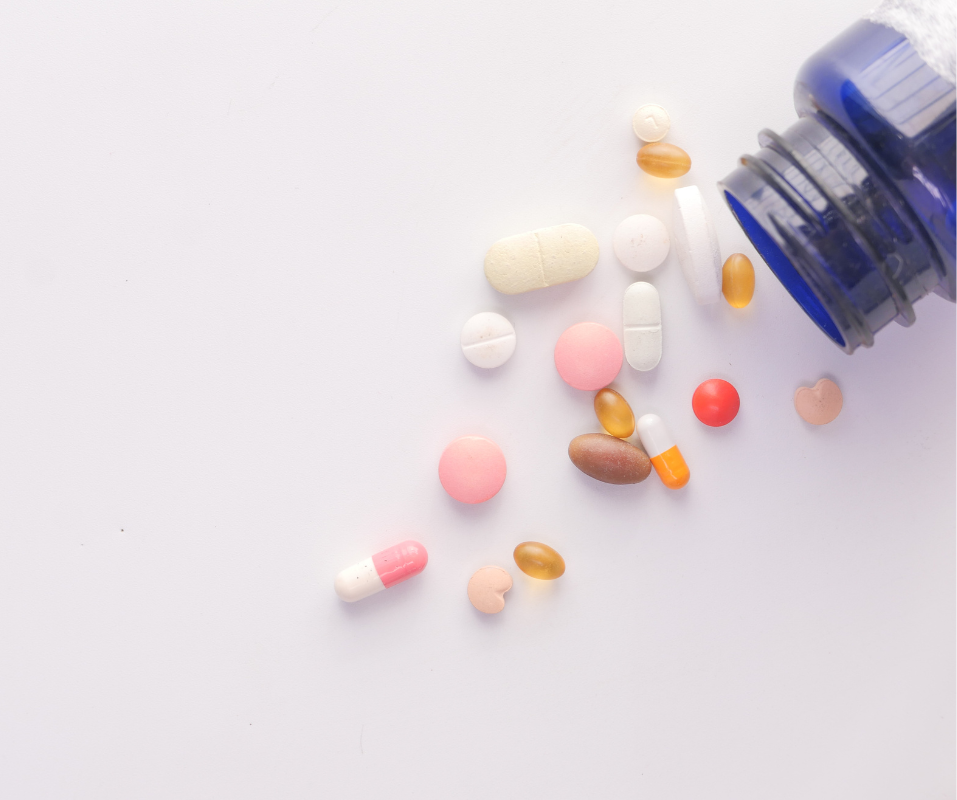
If nootropic supplements—the trending little pills used to improve brain function, memory, and productivity—seem too good to be true, then you might actually be right about this one.
While Silicon Valley moguls and wellness enthusiasts are touting the benefits of the ‘smart drugs’ behind this $2 billion (and growing) sector, there’s a lack of research as to whether or not these cognitive enhancers really work.
Fact or fiction? You decide, based on the history and mystery of these sci-fi level pills taken straight from both the past and the present.
The Rise of Modern Nootropics
The nootropics boom began in the 1990s, when George H. W. Bush announced the 90s to be “the decade of the brain.” Neuroscience research blossomed, mental health studies grew, and the public passion for the brain reached new heights.
By the 2010s, nootropics had swept across Silicon Valley and beyond—popularized by tech moguls such as Twitter’s founder, Jack Dorsey. With competitive workplaces and high-stress jobs, techies and CEOs alike considered nootropic supplements a way to get an edge on the competition—with greater clarity, focus, and memory enhancement.
Nootropic supplements touted a ‘healthier and happier’ you, meaning it wasn’t long before the brain-boosting pills went mainstream in the wellness world next—with Gwyneth Paltrow herself promoting a Goop-branded nootropic called Nerd Alert to her fans and followers.
Since then, nootropics have grown in popularity and value, with GlobeNewsWire estimating the sector to more-than-double in value by 2026 to $5.32 billion.
Biohacking, Explained
The rise of nootropics evolved alongside the biohacking craze—what Silicon techies and wellness enthusiasts describe as the act of optimizing the body’s health and wellness like a machine, through supplements, health tracking and experimenting on the self.
Biohacking can range from the mundane (such as taking cold showers in the morning and intermittent fasting) to the extreme (such as computer chip implants and “dopamine fasting”). Both biohacking and nootropics are a part of transhumanism, or the movement that encourages the use of technology to augment and evolve human kind.
The Dangers of Synthetic Nootropics
The problem?
While biohacking and nootropics offer the possibility to optimize the self, as an up-and-coming field much of modern-day biohacking and nootropics remains experimental—leading to a range of results, both positive and negative.
Two of the most commonly known synthetic nootropics—Ritalin and Adderall—have a long-standing history that reflects this. While successful at improving short-term focus and clarity, both drugs are also addictive and can lead to heart problems, seizure, hallucinations, paranoia and, in the case of Ritalin, possible long-term harm to the brain. As a prescription-based drug, doctors do not recommend the use of Adderall or Ritalin when not prescribed.
According to Candor, non-prescribed synthetic nootropics can also have negative side effects during or after stopping use—from anxiety and depression to withdrawal-like symptoms. One medical student reported extreme symptoms such as fogginess, fever, vomiting, sweats, and shakes after taking nootropic Huperzine A.
As a dietary supplement, nootropics don’t require FDA approval, meaning there is a lack of both regulation and research on nootropics’ long-term effects.
Human’s Longstanding History with Nootropics
That’s not to say, however, that all nootropics are bad.
In fact, humans have been using natural nootropics for thousands of years—dating back to the historic use of gingko biloba in ancient China to help improve energy, treat ailments, and assist with asthma. Studies today still show gingko biloba’s positive effects on memory enhancement, heart health, brain function, and mental performance as a safe-to-use natural nootropic supplement.
If you’ve never heard of gingko biloba, chances are you’ve heard of the most common natural nootropic, used by more than fifty percent of the human population: 1,3,7-Trimethylpurine-2,6-dione. (Also known, more popularly, as caffeine.)
As a catch-all term, nootropics are considered anything that boost brain performance—ranging from the synthetic (such as Adderall and Ritalin) to the natural (such as caffeine and L-Theanine, commonly found in green and black tea).
And, compared to synthetic supplements (which can represent untested and unresearched drug combinations with experimental results), natural nootropics such as L-theanine, adaptogenic mushrooms, caffeine, and gingko, can actually enhance quality of life and generate impressive results.
Natural nootropic supplements—such as green tea extract and MUD\WTR (a coffee-alternative made with nootropic-rich mushrooms)—seem to cause relatively low harm while still boosting brain function and mental performance.
The Key Takeaway on Nootropics?
If you’re interested in trying nootropics, do your research, pay strict attention to proper dosages, and read the list of possible side effects. Alternatively, opt for natural nootropics which offer a wealth of traditional knowledge and history instead.
As with all up-and-coming trends, nootropics need more research and study before they can be labeled as “good” or “bad.” Think wisely and cautiously to find the middle ground that’s right for you.
Get more like this—Sign up for our daily inspirational newsletter for exclusive content!
__
Photo: towfigu barhuiya via Canva




